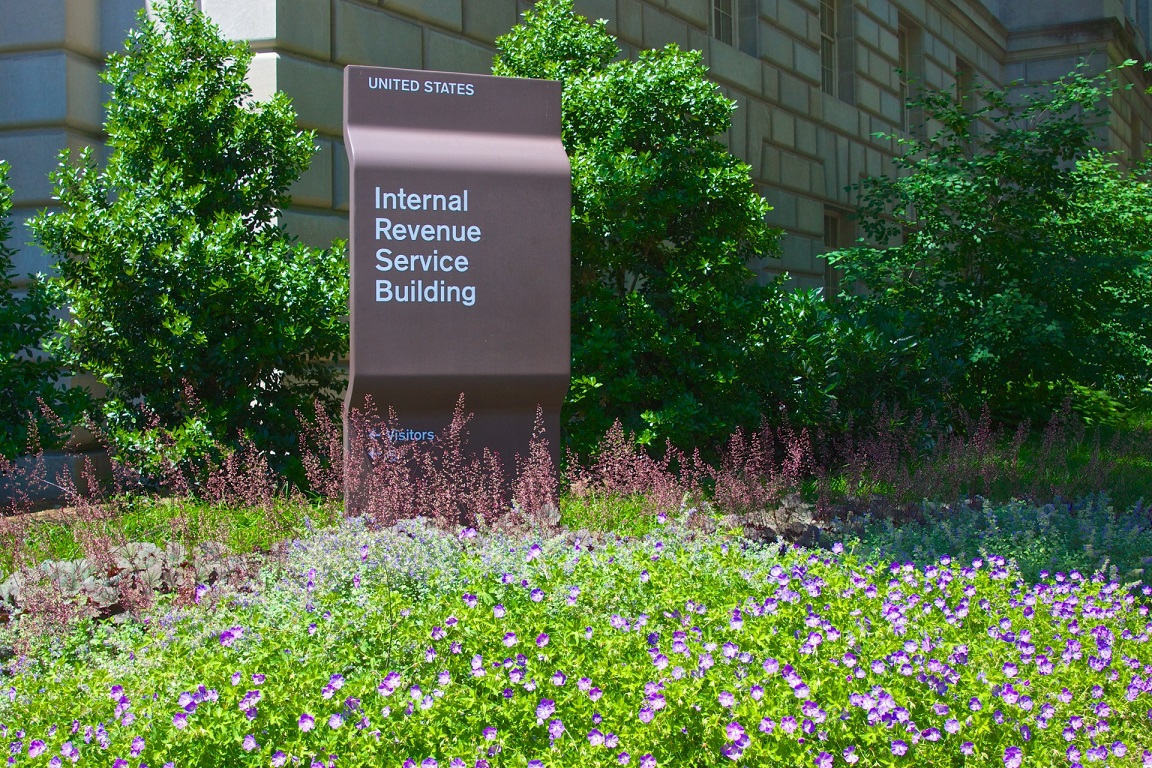Nearly every day, I talk with someone who is a member of the “sandwich” generation. No, this isn’t a group of people who like peanut butter and jelly. The sandwich generation refers to people, primarily Baby Boomers, who are caring and providing for both their own children and older family members, most often their aging parents.
This can create quite a strain, emotionally and financially, as adults have to prioritize their time and money to care for their own children as well as their aging relatives who may be dealing with health issues, financial problems, and sometimes declining mental faculties and decision making abilities. Needless to say, given these competing demands, their own retirement planning is often the casualty. Some become full-time caregivers and may be out of the workforce for years while they care for an ailing family member.
In recent months, I’ve heard many sad and difficult situations, including:
- An 89-year old Grandmother who decided to have cataract surgery only when they said if she did not have surgery, they would take away her driver’s license. No one wants to lose their independence, but maybe her driving isn’t such a great idea, both for her own safety and for others on the road.
- A relative’s 90-year old mother fell and could not get up. She was unable to reach a phone and spent more than four hours on the floor before someone found her. This was not her first fall incident, and still the children had to go to great lengths to convince their parents that they needed to move to a retirement home. The parents are nearly broke, so the bills will be paid by the son, who is also providing for two college-aged children.
- A friend’s mother went into hospice and passed away shortly thereafter. He spent the whole summer sorting through her belongings and trying to ready her home for sale. Given her vast collection of items, there are still many months of work ahead.
- A friend’s older sister was diagnosed with ALS this week. She lives alone, but recently suffered a nasty fall which resulted in a large gash to her head.
- A statistic from the MIT AgeLab: for people over the age of 70, a broken hip has a 50% mortality rate within 18 months. This is not usually a direct result of the injury, but from a rapidly declining health situation if they become wheelchair-bound. It’s use it or lose it, when it comes to our mobility and health.
We are living longer today, which is a great blessing. However, it also means that many of us will live to an age where we may eventually need some assistance. This is a good problem to have. If everyone only lived into their 50’s, like we did in the 1800’s, we wouldn’t need to address these issues! We should be thankful that medical advances have so greatly extended our longevity over the past century.
While there are many difficult emotional aspects to these conversations, there are many financial considerations as well. If you are part of the sandwich generation, we can help you navigate the difficult decisions you face with your aging parents while making sure that you are also managing your own financial goals.
People who have these conversations with their financial planner in their 60’s may save a great deal of stress and burden on their children in 15 or 20 years. We can help you plan better to make sure that your future doesn’t depend on your children’s finances and generosity. Here are some thoughts about how you can remain healthy and happy as you age:
- Create an income plan that budgets for rising health care costs. You do not want to run out of money in your 80’s and have to spend down your assets to qualify for Medicaid. That may be a safety net, but it is a lousy plan.
- Work on your home to create a physical space which will allow you to “age in place”. A safe home can not only help prevent injury, but can allow you stay independent for longer.
- While no one wants to be in a nursing home, if you live long enough, it is almost inevitable that you will eventually require some help with the Activities of Daily Living. Some are in denial about their abilities in this regard, and it is only a major event, like a broken hip, which eventually prompts a move.
- A Long-Term Care insurance policy can pay for home health care. Rather than thinking of an LTC policy as a “nursing home” policy, think of it as the policy which can keep you out of a nursing home.
- Today’s retirement communities offer a wide range of services, from truly independent living to round-the-clock skilled nursing. There are many benefits to being part of a community and spending time with friends who have similar interests and backgrounds. Health care professionals are beginning to recognize the significant impact that a social network has on healthy aging.
- Create an estate plan which will not create an unnecessary burden on your heirs. Don’t leave a mess for your children to have to clean up.
- Reduce taxes on your estate and your heirs. I saw two unfortunate tax situations this year which could have been avoided with better planning. In one situation, an elderly aunt made her nephew the joint owner of her home. The result: no step-up in cost basis on this out-of-state property! In another situation, a father made the beneficiary of his IRA a trust. The IRA was distributed to the trust and was not correctly established as a stretch IRA. As a result, the entire distribution is taxable in 2015. And since the beneficiary was a trust, the applicable tax rate will be 39.6%!
If you are already retired, we can make sure you have a retirement income plan, health care funding, and an estate plan to carry out your wishes. Don’t wait. Our cognitive abilities decline slightly each year, so it’s best to make these decisions in your 60’s or early 70’s and not wait until your 80’s or 90’s.
Men, especially, seem to be in denial about the importance of this planning. Typically, the husband does die first and most retirement homes I have visited are 60% to 90% women. So gentlemen, if you don’t want to plan for yourself, plan for your wife. If you fail to plan for her, sorry, that’s just plain irresponsible. And hopefully you agree she deserves better.
Whether you are in the sandwich generation or just want to make sure you aren’t going to make your children part of the sandwich generation in the future, financial planning can help.













